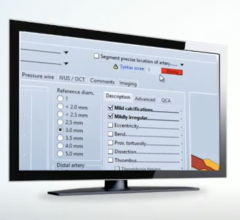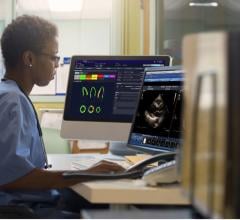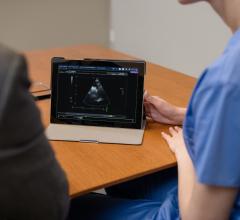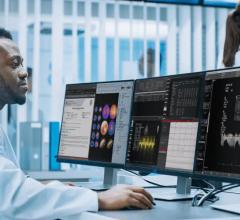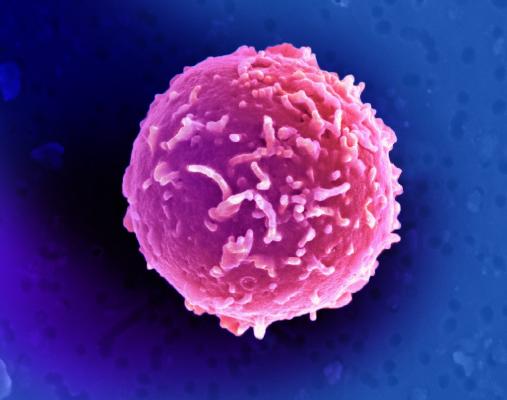
October 8, 2013 — A study in Stem Cells Translational Medicine shows that in rats, treating a heart attack with stem cells even weeks after the attack occurred can halt deterioration and help the heart regenerate itself. In addition, doctors delivered the cells using a patch that resulted in a higher survival rate for the stem cells and more of them migrating into the damaged tissue, where they created new blood vessels.
The team, from the University of Louisville’s Cardiovascular Innovation Institute, had previously shown in rat studies that stem cell treatment immediately following an attack aided recovery by improving blood flow in the smallest vessels of the heart. This time the goal was to determine if the treatment was still effective if applied later in time.
“We also were seeking a more efficient delivery method for the stem cells by utilizing the heart patch model. Most studies employing an injection of stem cells encounter swift cell death or cell washout from the target tissue,” said Amanda LeBlanc, Ph.D., who led the investigation along with Stuart Williams, Ph.D. and executive and scientific director of the institute.
They tested their theory by applying a patch seeded with stem cells harvested from the animal’s own adipose tissue and then cultured in the lab. They implanted the seeded patches into one group of rats two weeks after the animals had a heart attack, while another group received the patch without stem cells (to gauge whether any effects might be due to the body's response to a foreign material or whether the biomaterial itself was helping the heart pump more efficiently, regardless of cells). Two more groups of rats with induced heart attacks were given no treatment and were carried out for two and six weeks as controls.
“This approach allowed us to study the progressive and sometimes irreversible pathological changes that occur weeks to months following an attack, such as cellular death, the beginning of scar tissue formation and thinning of the outer left ventricle wall,” explained Williams.
When they compared the results, they found the cell patch treatment indeed stabilized the heart, preventing or halting any worsening of cardiac function and restoring blood flow to the small blood vessels.
“This is why I refer to our cell patch as a ‘pause button,’ because once it was applied the heart didn't progress into worse function like the patch group without cells and the untreated six-week group,” said LeBlanc “That led us to conclude that the clinical potential of an autologous patch — that is, a patch seeded with the patient’s own stem cells — using adipose-derived cells is high, as the patch may be used in conjunction with existing heart attack therapies to promote small vessel survival and/or growth of new vessels following the attack.”
“This study, and the authors’ previous research, both in rats, lays important groundwork in addressing such issues as the best delivery method of cells and how long after a heart attack treatment might be beneficial,” said Anthony Atala, M.D., editor, Stem Cells Translational Medicine and director, Wake Forest Institute for Regenerative Medicine.
For more information: stemcellstm.alphamedpress.org


 May 15, 2024
May 15, 2024 

